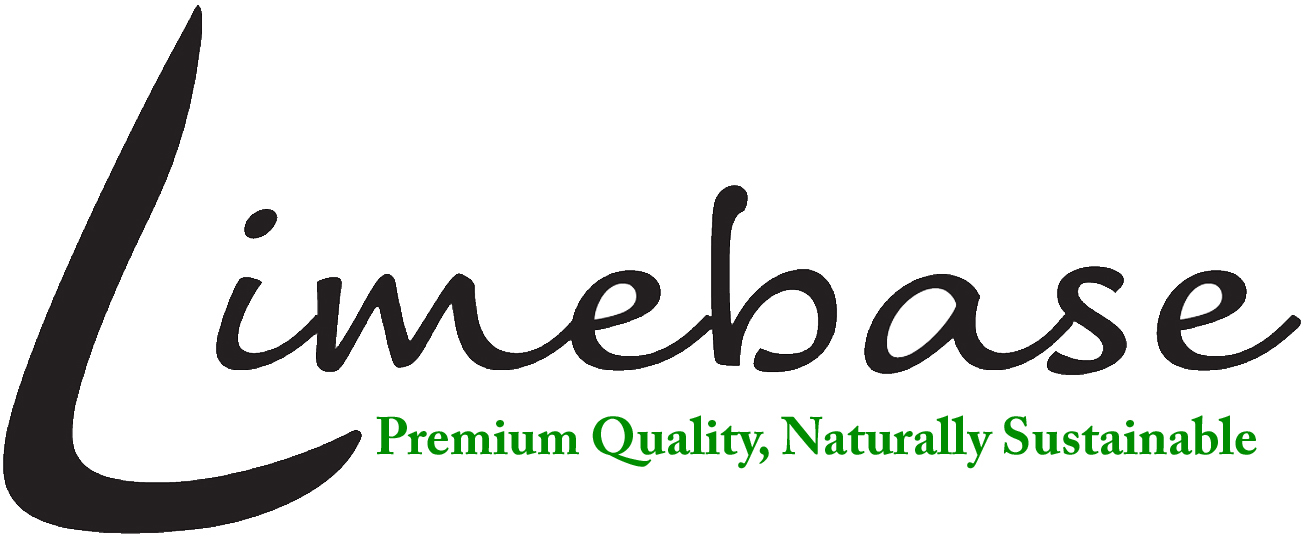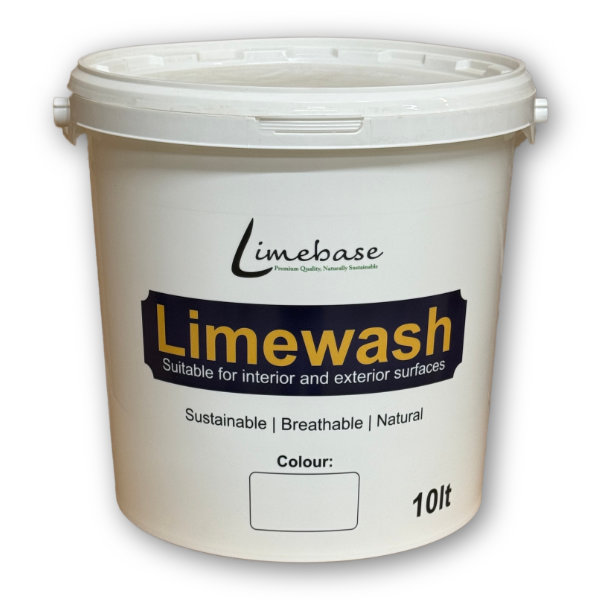Description
Our Limewash Paint
Our Limewash Paint has been in production for over 15 years now and continues to provide our customers with a beautiful finish. This limewash works perfectly with historic and new buildings alike and is an especially integral part of restoration work on many older buildings. Limewash paint remains a widely used building material, ensuring the beauty of traditional buildings is maintained with the proper materials.
How do we make our limewash paint?
Limewash paint is made from natural materials and is sustainable. We manufacture our limewash paint by slaking super fine quicklime into a thin slurry. The lime will then undergo a maturing process, which improves the quality of our limewashes. Once mature, we add a range of natural pigments to the lime to create our limewash. This Limewash paint comes already mixed; however, it can settle during transit, so it will need to be stirred before use. Because of this, our limewash paint can be quickly prepared on-site.
Where can limewash paint be used?
This Limewash paint is ideal for interior and exterior use and is provided in a sealed 10-litre tub. If you are unsure whether this colour suits your preference, we recommend ordering the small 250ml sample pot to paint a testing patch. The success of our limewash depends on three main factors: a good mechanical key, an absorbent surface, and chemical compatibility.
Having a good mechanical key means having a slightly textured surface; for example, stone, brick, concrete block, lime, and cement-based mortars and renders are all good candidates for limewashing. Although not desirable, some smooth surfaces can also be limewashed, such as dense stone and hard-trowelled lime and cement render. It’s sometimes advisable to first “roughen up” the surface using soft-grade abrasives, such as one of the soft wire brushes in our store.
A porous or absorbent surface is a must with limewash because limewash works by penetrating into the surface of the material you are painting, which helps it to take advantage of the mechanical keying. To test if a surface is porous, simply apply some water and observe whether it runs off the surface or gets absorbed. If the surface absorbs water, then it is a good candidate for limewashing. However, if the surface has a non-porous coating on it, such as paint, the non-porous coating will have to be removed prior to the application of limewash.
Chemical compatibility depends on whether the material in question is sensitive to high pH. Because of the nature of the lime in limewash paint being highly alkaline, materials sensitive to this, such as other paints, are not suitable for limewashing. If you are unsure, always limewash a test panel first to ensure suitability.
How to apply our limewash paint?
Once you have determined whether your surface is suitable for limewashing, the surface must be prepared for painting.
- Any grease, dust, vegetable matter (such as lichens, etc.) or loose flaking material should all be removed before limewash is applied.
- If the surface is dry, then thoroughly dampen it down 15 minutes before the application of limewash. This is important because it slows the carbonation process of the limewash; if limewash dries prematurely, it will be weak and dusty.
- Limewash paint should remain damp for at least 4 hours after application to ensure it is sufficiently carbonated. If you notice it drying too quickly, it can be gently dampened down with a fine mist spray.
- If you are limewashing an area exposed to harsh sunlight or wind, you can protect the limewash by spraying it with a fine mist, as mentioned before.
- Limewashing shouldn’t be undertaken if the surface is exposed to rain, as it will simply get washed away.
- Before you begin limewashing, you will first need to stir your limewash, as the solids (pigments) will settle over time. Mixing attachments for hand drills will come in extremely handy; however, stirring with a stick will be just as effective. Stir until consistently mixed throughout and ensure it is stirred at regular intervals (10-15 minutes) whilst limewashing to make sure that the pigments and lime do not begin to settle.
- Our limewash paint should be applied using a large bristle brush. Work the limewash into the surface, making sure you move the brush in all directions to avoid brush marks.
- Limewash should be applied in thin coats and, at first, will appear translucent; however, as it dries, it will become opaque. If applied too thick or heavy, the limewash will crack and craze. Should this happen, wash the surface off using water and a stiff, bristled churn brush.
- A maximum of one coat per day must be practiced. This is to allow proper carbonation between coats of lime; if more than one coat per day is attempted, you may experience the coats pulling away from the surface you are limewashing.
- Some people apply more than 10 coats of limewash paint; however, as a general guideline, we recommend 3-4. Ensure the limewash paint tub is sealed with its lid each day after use to avoid any hard lumps forming.
The limewashes with an asterisk are unstable in their wet state, so once mixed, they should be applied within 5 days to avoid colour change!



Reviews
There are no reviews yet.